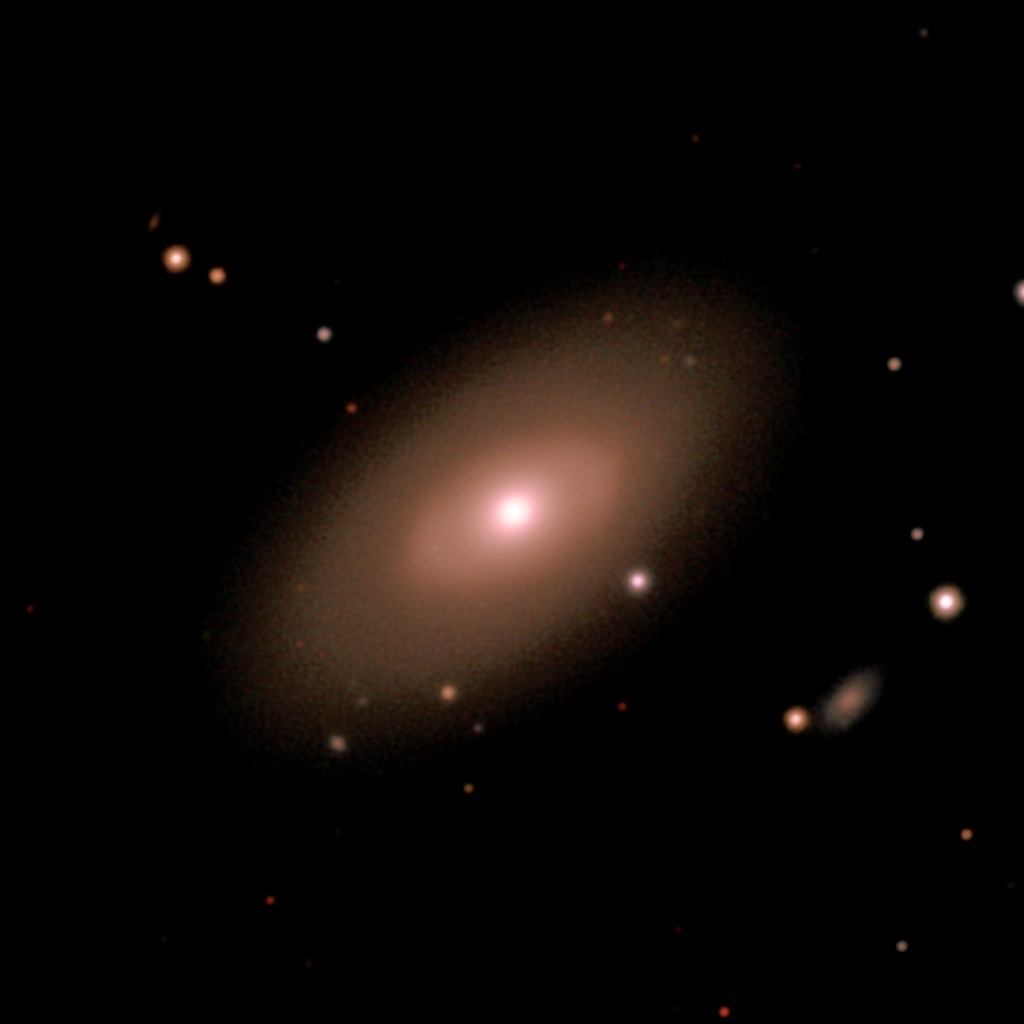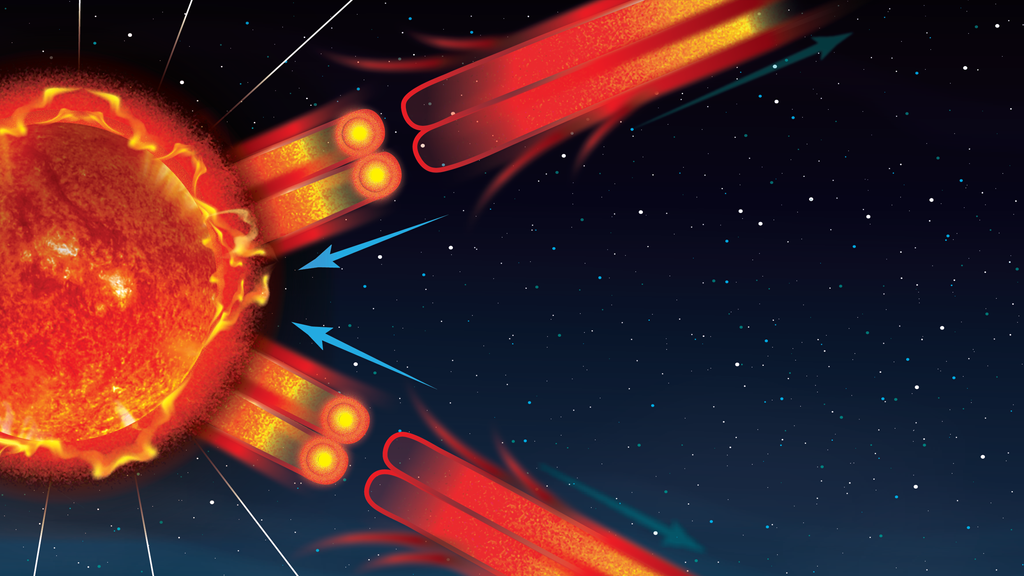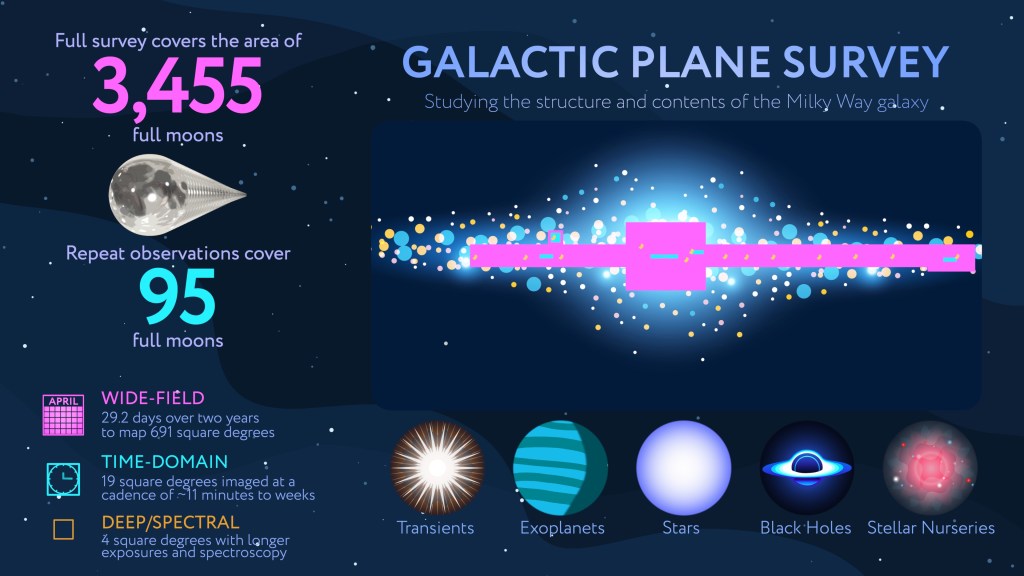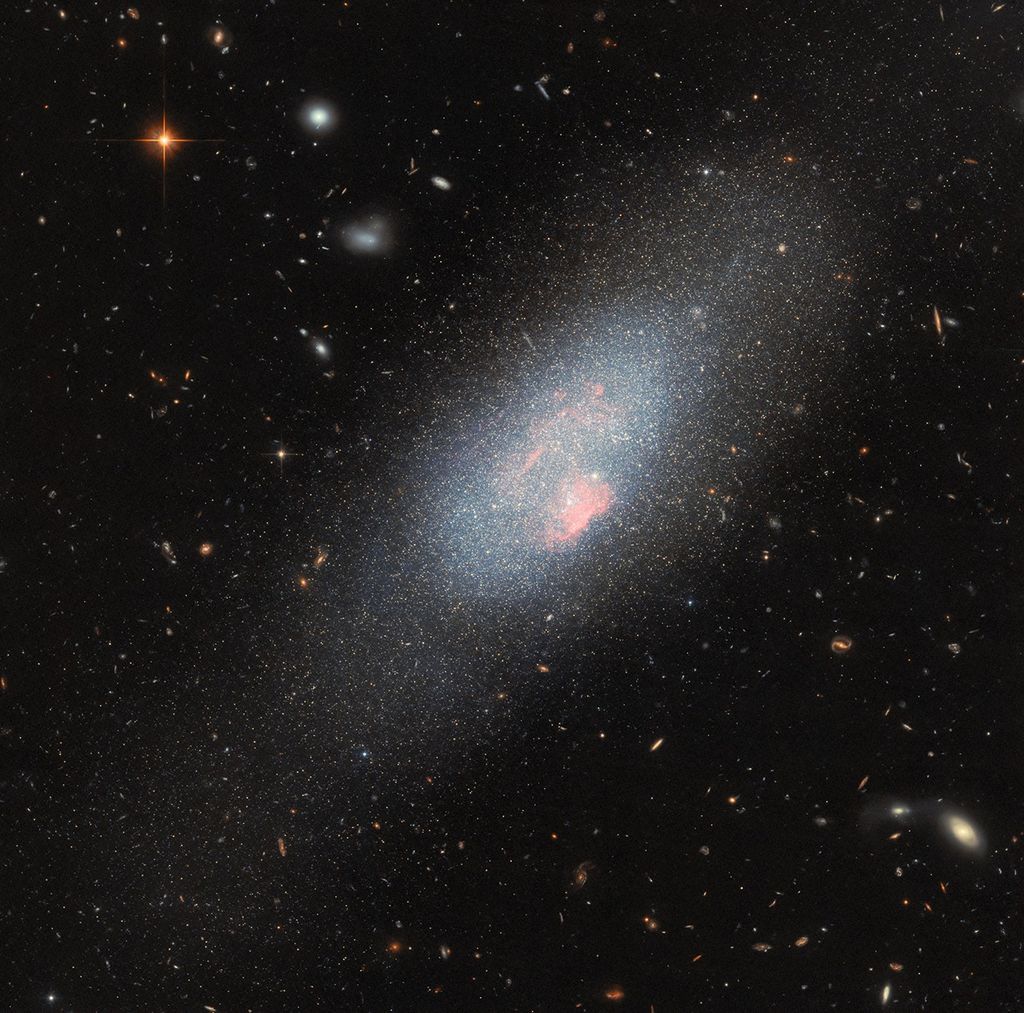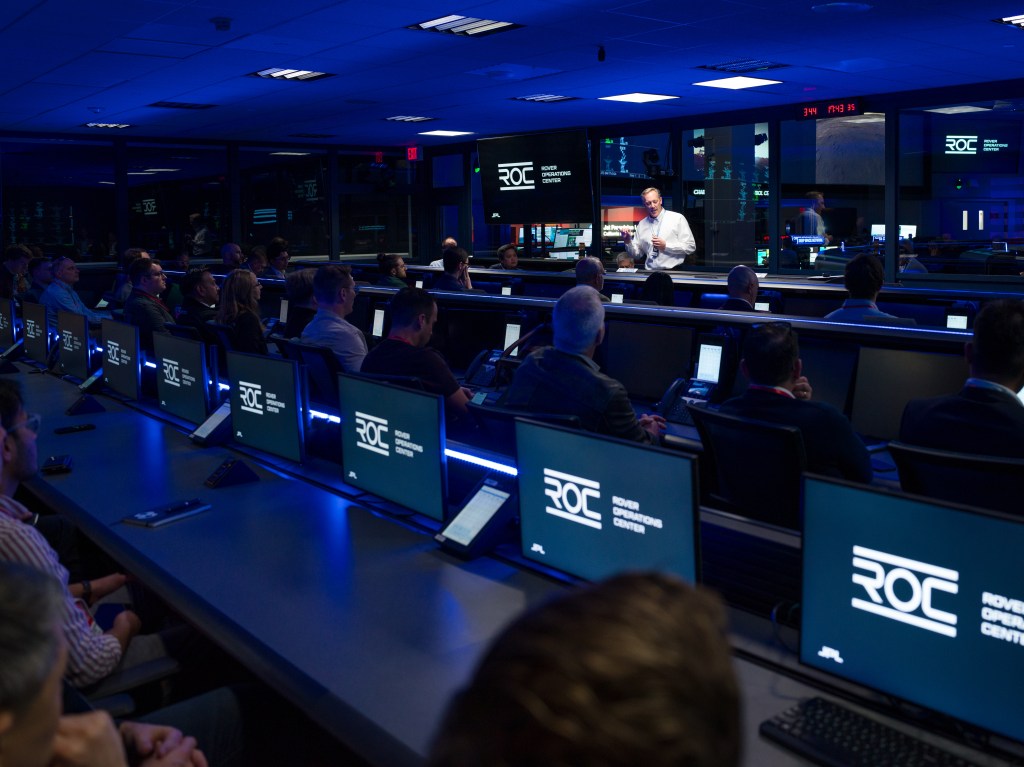1 min read
Milky Way Nuclear Star Cluster

Peering deep into the heart of our Milky Way galaxy, NASA's Hubble Space Telescope reveals a rich tapestry of more than half a million stars. Except for a few blue, foreground stars, the stars are part of the Milky Way's nuclear star cluster, the most massive and densest star cluster in our galaxy. So packed with stars, it is equivalent to having a million suns crammed into the volume of space between us and our closest stellar neighbor, Alpha Centauri, 4.3 light-years away. At the very hub of our galaxy, this star cluster surrounds the Milky Way's central supermassive black hole, which is about 4 million times the mass of our sun.
Astronomers used Hubble's infrared vision to pierce through the dust in the disk of our galaxy that obscures the star cluster. In this image, scientists translated the infrared light, which is invisible to human eyes, into colors our eyes can see. The red stars are either embedded or shrouded by intervening dust. Extremely dense clouds of gas and dust are seen in silhouette, appearing dark against the bright background stars. These clouds are so thick that even Hubble's infrared capability could not penetrate them.
Hubble's sharp vision allowed astronomers to measure the movements of the stars over four years. Using this information, scientists were able to infer important properties such as the mass and structure of the nuclear star cluster. The motion of the stars may also offer a glimpse into how the star cluster was formed – whether it was built up over time by globular star clusters that happen to fall into the galaxy's center, or from gas spiraling in from the Milky Way's disk to form stars at the core.
This picture, spanning 50 light-years across, is a mosaic stitched from nine separate images from Hubble's Wide Field Camera 3. The center of the Milky Way is located 27,000 light-years away. The "snowstorm" of stars in the image is just the tip of the iceberg: Astronomers estimate that about 10 million stars in this cluster are too faint to be captured in this image.
About the Object
- R.A. PositionR.A. PositionRight ascension – analogous to longitude – is one component of an object's position.17h 45m 36.0s
- Dec. PositionDec. PositionDeclination – analogous to latitude – is one component of an object's position.-28° 55' 58.8"
- ConstellationConstellationOne of 88 recognized regions of the celestial sphere in which the object appears.Sagittarius
- DistanceDistanceThe physical distance from Earth to the astronomical object. Distances within our solar system are usually measured in Astronomical Units (AU). Distances between stars are usually measured in light-years. Interstellar distances can also be measured in parsecs.27,000 light-years (8,000 parsecs)
About the Data
- Data DescriptionData DescriptionProposal: A description of the observations, their scientific justification, and the links to the data available in the science archive.
Science Team: The astronomers who planned the observations and analyzed the data. "PI" refers to the Principal Investigator.The HST data were taken from proposals 13049, 12663, and 12182 PI: T. Do (UCLA) and 11671 PI: A. Ghez (UCLA). The science team comprises T. Do, A. Ghez, and M. Morris (UCLA), R. Schodel (Instituto de Astrofísica de Andalucia), J. Lu (University of Hawaii), W. Clarkson (University of Michigan), D. Merritt (RIT), B. Hansen and S. Yelda (UCLA), J. Bullock (University of California, Irvine), J. Anderson (STScI), L. Meyer, E. Mills, and N. McCrady (UCLA), and J.-U. Pott (Max Planck Insititue for Astronomy, Heidelberg). - InstrumentInstrumentThe science instrument used to produce the data.HST>WFC3/IR
- Exposure DatesExposure DatesThe date(s) that the telescope made its observations and the total exposure time.2010 - 2014
- FiltersFiltersThe camera filters that were used in the science observations.F127M (H2O/CH4 continuum), F139M (H2O/CH4 line), and F153M (H2O and NH3)
- Object NameObject NameA name or catalog number that astronomers use to identify an astronomical object.Galactic Center
- Object DescriptionObject DescriptionThe type of astronomical object.Center of the Milky Way Galaxy
- Release DateMarch 31, 2016
- Science ReleaseHubble’s Journey to the Center of Our Galaxy
- Credit

This image is a composite of separate exposures acquired by the WFC3/IR instrument. Several filters were used to sample various wavelengths. The color results from assigning different hues (colors) to each monochromatic (grayscale) image associated with an individual filter. In this case, the assigned colors are: Blue: F127M (H2O/CH4 continuum) Green: F139M (H2O/CH4 line) Red: F153M (H2O and NH3)
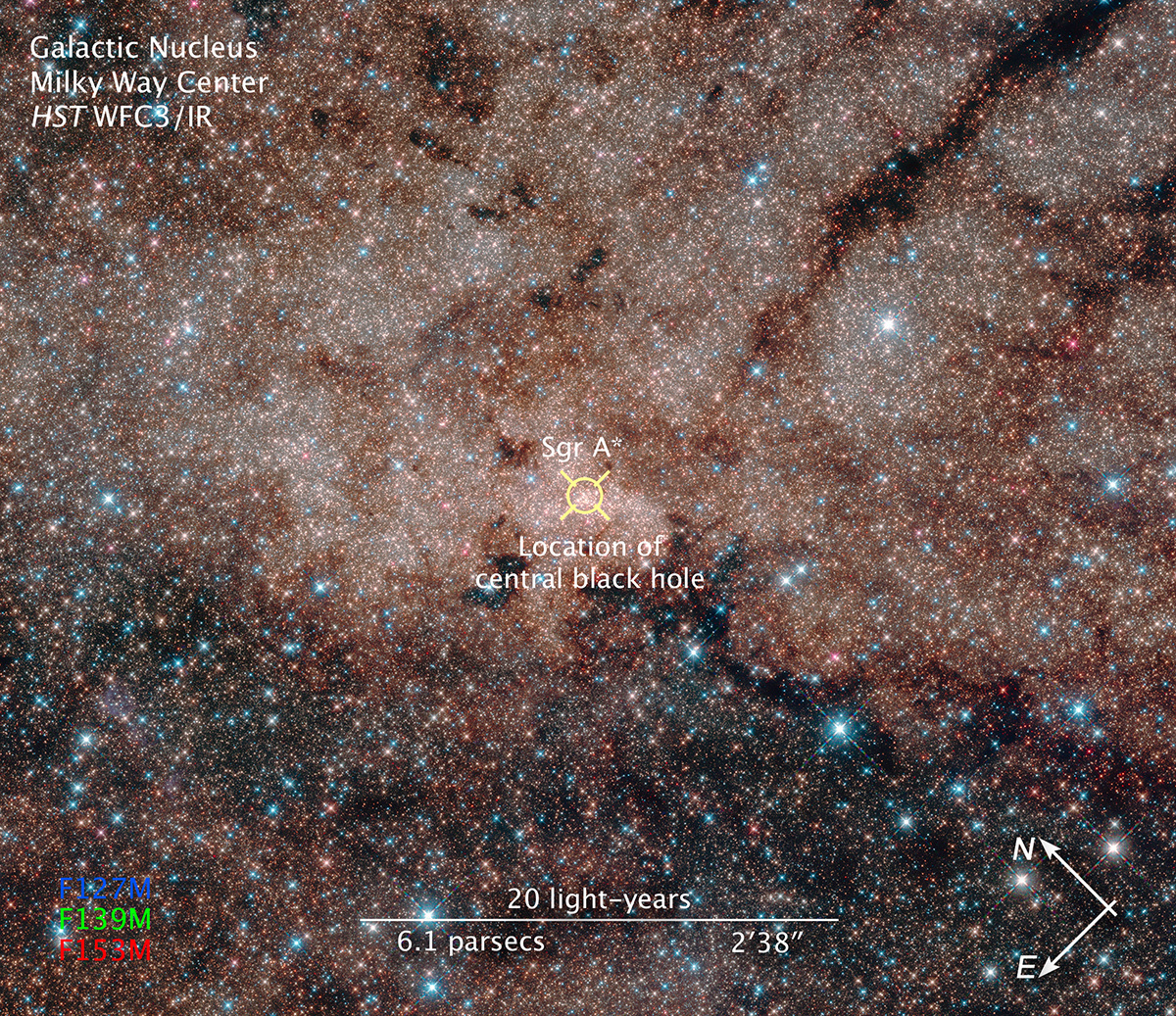
Related Images & Videos
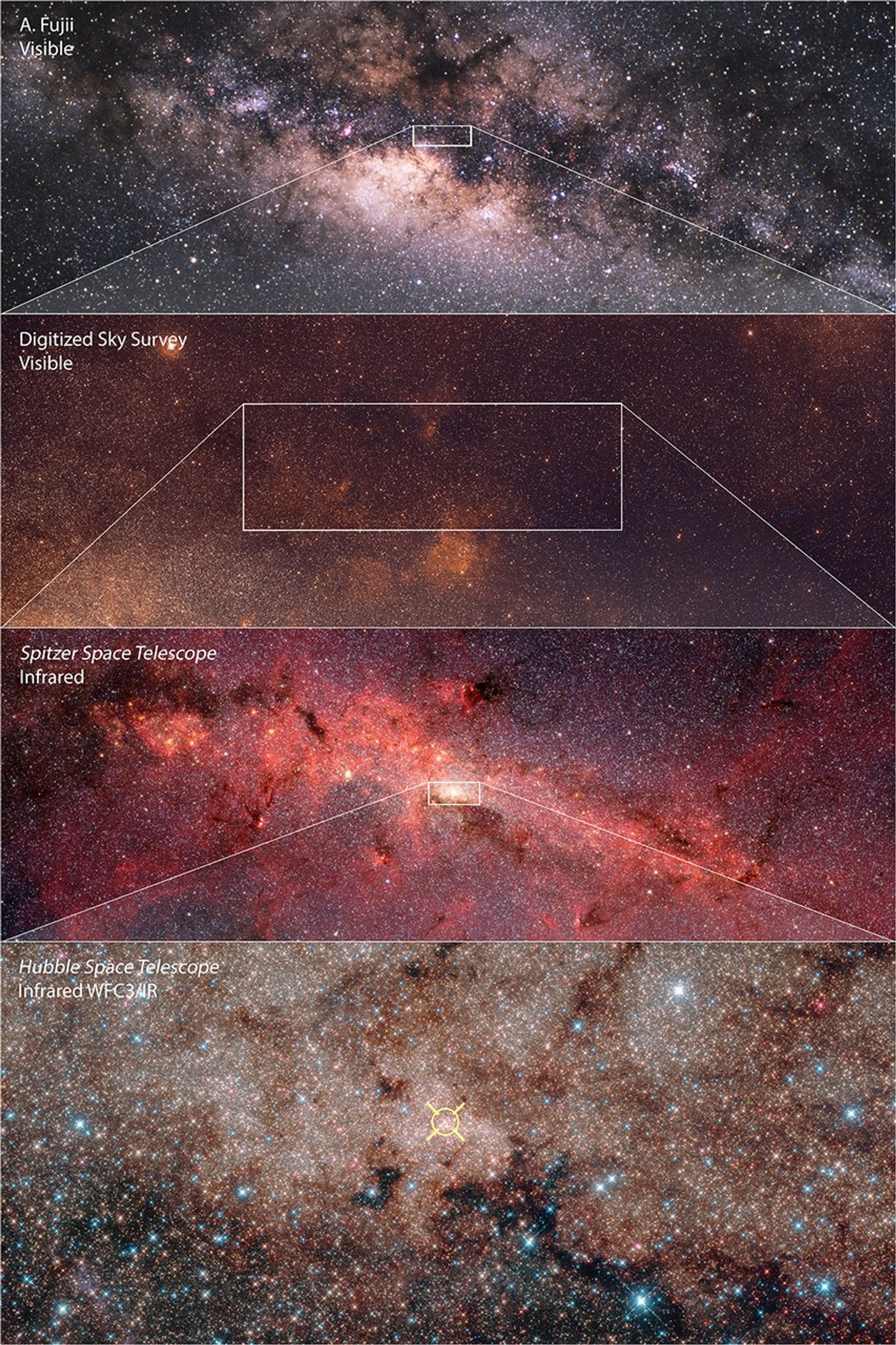
Four-Panel Zoom into the Galactic Center
This four-panel graphic zooms into the Hubble Space Telescope view of the galactic core. The first panel shows a wide view of the Milky Way in visible light. The second panel, which zooms into the boxed area in the first panel, shows interstellar dust obscuring much of the view...
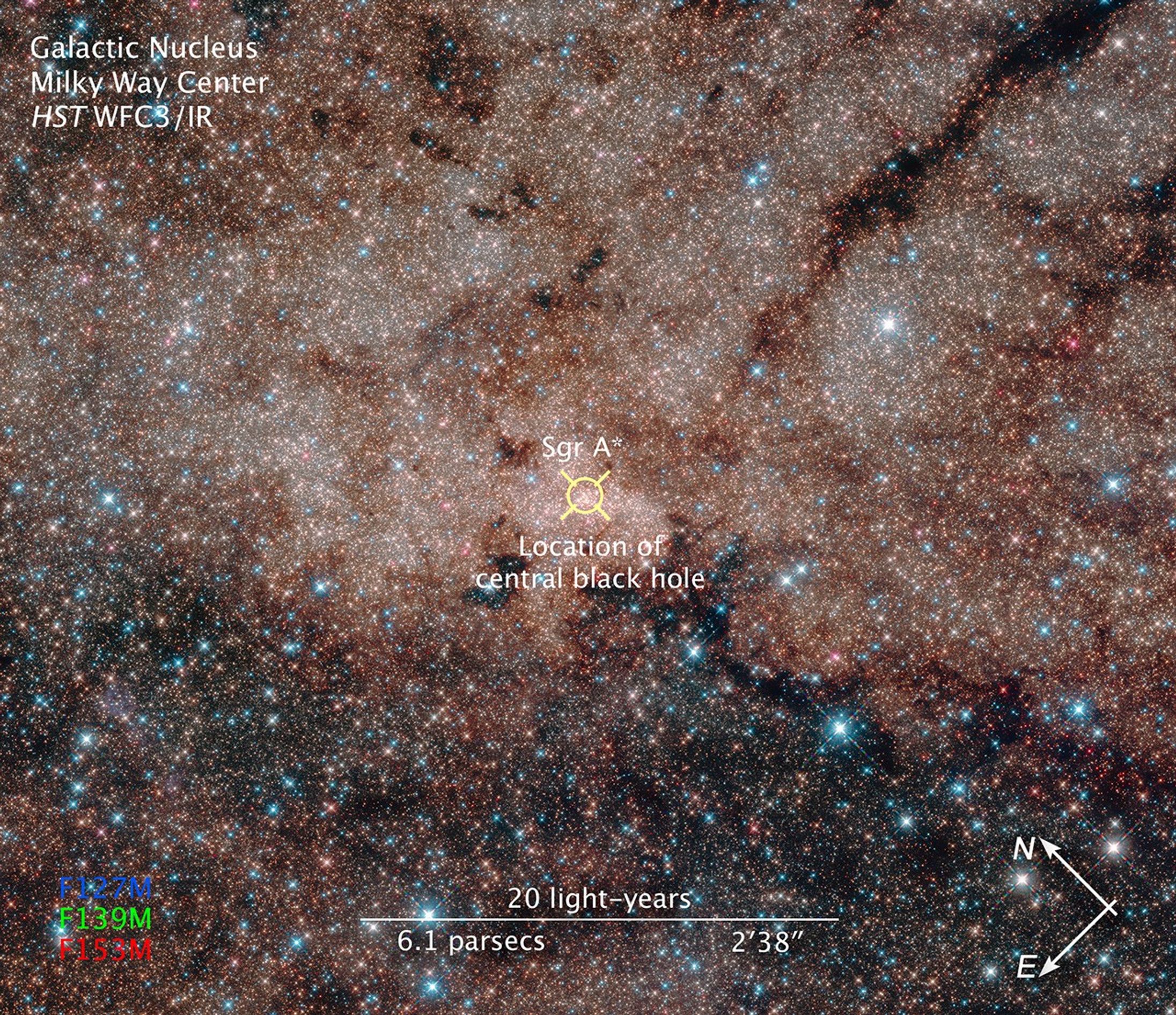
Compass and Scale Image for Milky Way Center
This annotated, infrared image from the Hubble Space Telescope shows the scale of the galactic core. The locator mark in the middle designates the galaxy's nucleus, which is home to a central, supermassive black hole called Sagittarius A* (pronounced Sagittarius A-star).
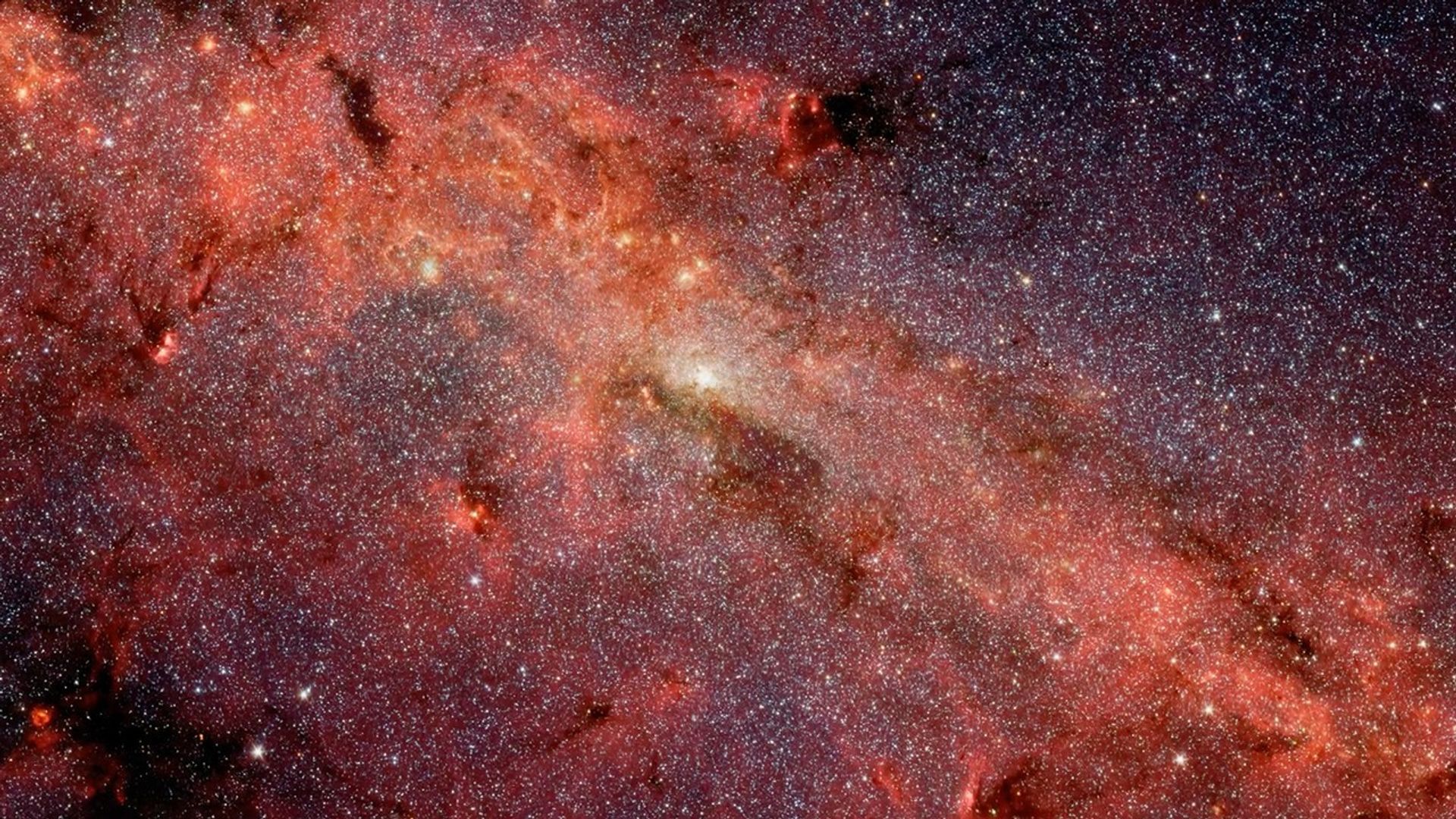
Zoom into the Center of Our Galaxy
This video sequence zooms into the Hubble Space Telescope view of the galactic core. Hubble's infrared vision pierced the dusty heart of our Milky Way galaxy to reveal more than half a million stars at its core. Except for a few blue, foreground stars, the stars are part of the...
Share
Details
Claire Andreoli
NASA’s Goddard Space Flight Center
Greenbelt, Maryland
claire.andreoli@nasa.gov


